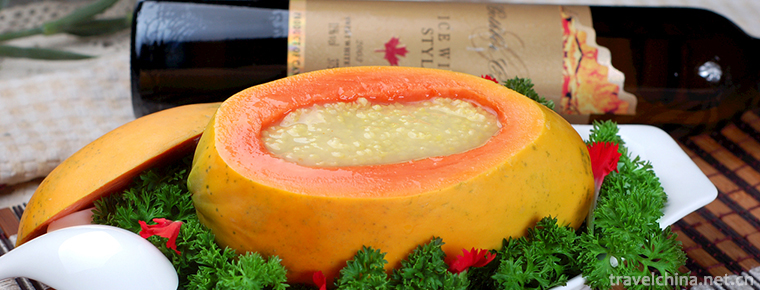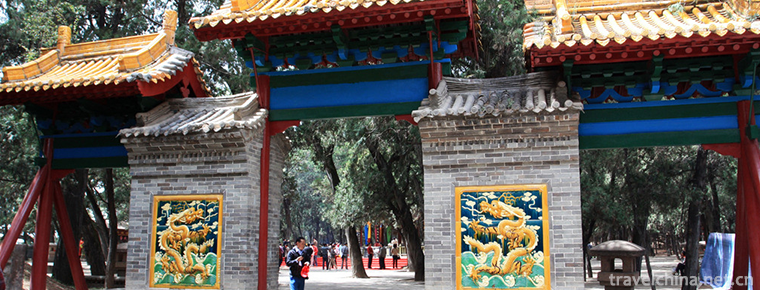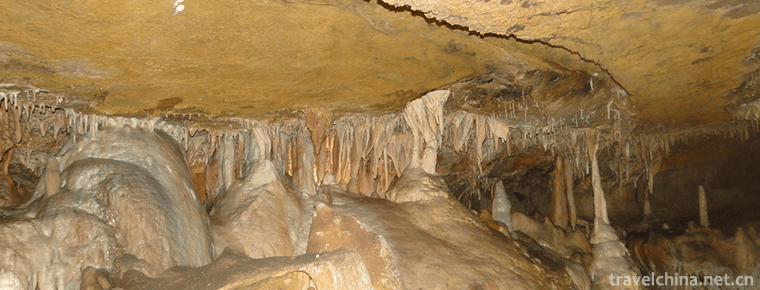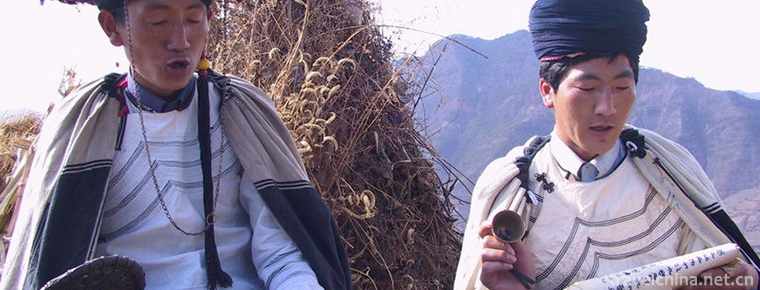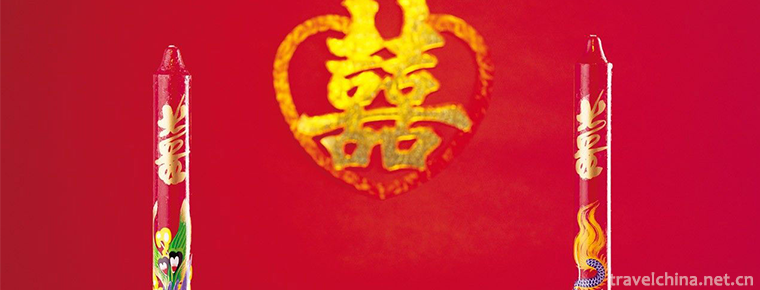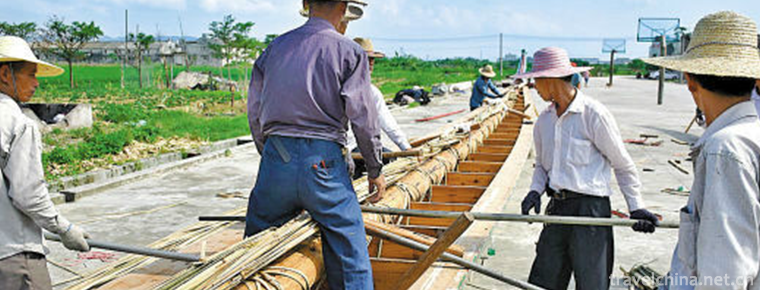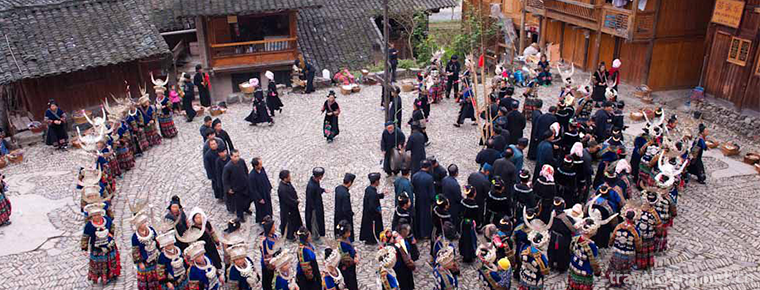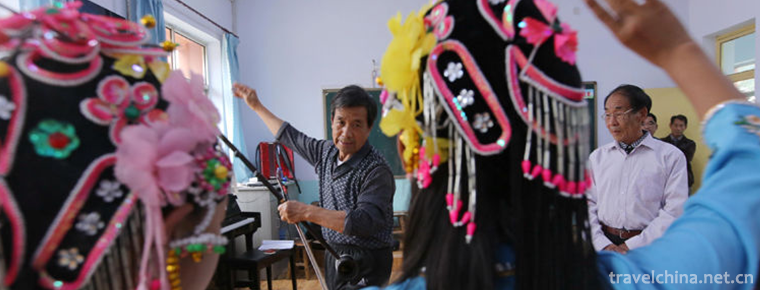Sigangli
Sigangli
Lincang City is located in the southwest of Yunnan Province, which is adjacent to the west, southwest of Yunnan and Myanmar. It has jurisdiction over one district, four counties and three autonomous counties. There are Han, Wa, Yi, Dai, Lahu, Brown, Bai, Lisu and other nationalities. Generally speaking, it is a place of many nationalities. "Sigangli" is an ancient legend spread among Wa people. Sigangli means "cliff cave", "li" means "coming out". Sigangli means coming out of the cave. It refers to a place named Bagdai near the Yancheng of Myanmar, opposite the Nanxi River in Yuesong Township, Ximeng County. It is also a Creation Epic of the Wa people.
On June 7, 2008, Sigangli was listed in the second batch of national intangible cultural heritage list with the approval of the State Council.
geographical environment
Lincang City is located in the south of Hengduan Longitudinal Valley. It is high in the northeast and low in the southwest. Yongde Snow Mountain is the highest point with an elevation of 3504 meters. The lowest exit point of Nanting River, 450 meters above sea level, is a subtropical mountain monsoon climate, with an annual average temperature of 17.3 degrees Celsius. It is one of the tropical crop bases of rubber, lac, sugarcane, pepper and Amomum villosum in Yunnan. Tea production accounts for more than 1/3 of the total output of the province. Underground is rich in precious minerals and water resources.
Cangyuan Wa Autonomous County, located in the southernmost part of Lincang City, is adjacent to Myanmar in the West and south. Ethnic minorities account for more than 80% of the total population.
The mysterious "Sigangli" means gourd, cave or incubator. Cangyuan, also known as the "Kingdom of Gourd" in ancient times, is the birthplace of the legend of the Wa people's Creation Epic "Sigangli". These lovely Wa men and women came out of the Sigangli cave.
Humanistic Legend
"Sigangli" is an ancient legend circulated among Wa people, "Sigangli" means "cliff cave", "Li" means "coming out", "Sigangli" means coming out of the cave. It refers to a place named Bagdai near the Myanmar Rock City opposite the Nanxi River in Yuesong Township, Cangyuan County. The historical legend of "Gangli" probably refers to the place where people were imprisoned in a closed cliff cave in ancient times. Mowei, the omnipotent god, appointed the little sparrow to dig the cave. The mouse led the tiger that was biting at the mouth of the cave. The spider blocked the tree that prevented people from going out of the cave, so that human beings could get out of the cave. To live and work in peace and contentment, rest and rest everywhere... This is the general meaning of Sigangli. To be more detailed, it's a lot, a lot, a long time. In a word, the legend of "Si Gangli" is the source of human history. In the past, the Wa people used to go to Bagdai "Si Gang Li" every year to sacrifice cows to commemorate "Si Gang Li".
Wa's Genesis Myth: During the ancient flood and famine period, only one Wa woman survived wandering to the summit of Sigangli. The woman was fertilized by the sun and the moon and gave birth to a man and a woman. One day, my mother was sitting on a rock, weaving with clouds in the sky. Suddenly, a cow came to report that her sons and daughters had both fallen into the sea. At that time, the mountains in Sigangli were surrounded by a vast sea. Mother was so anxious that she asked the cow to rescue her. The cattle would float and go down to the sea to carry their brothers and sisters around their necks and take them to the shore. Ama was so grateful that she laid down a rule to regard cattle as the eternal worship of the Wa people.
In the early 1960s, when China and Myanmar reconstructed their borders, Sigangli was assigned to Myanmar. If a foreigner goes to Sigangli, the formalities are very troublesome, so he has to give up the idea.
But Sigangli, no matter what country it belongs to, is always the place where the Wa ancestors were born. Therefore, many Wa people often cross to Sigangli to worship and embroider their clothes with cliffs, caves, streams, waterfalls, trees, flowers, birds, animals, blue sky and white clouds.
Wa people always remember: I am the descendant of the Awa people who came out of the sacred Si Gang. The spirit of Si Gang will always be with me.
Although Wa ethnic groups in different regions have different interpretations of "Sigangli", they regard Awa Mountain as the birthplace of human beings, and also reflect that they are the earliest inhabitants of Awa Mountain. "Sigangli" is the Wa people's memory of their own ancient cave life.
Every May, Cangyuan County, Lincang City, Yunnan Province, holds the "Cangyuan Wa Carnival" with lively and grand scenes, featuring snacks and bullfight competitions in Wa Township. Cangyuan is one of the few areas in our country from primitive society to socialist society. Because of historical reasons, some Wa people believe in Christianity, and have built a certain number of churches. With the charm of "Sigangli" culture, Cangyuan County has become a rising star of Yunnan tourism.
Other Meanings
At the same time, "Sigangli" is also a unique name of papaya wine in Yunnan, which was developed by Yunnan's local Mao Grain Winery and became the first papaya dry alcohol in the world.
"Shigangli" is also the name of a band. Its members include vocalist A Mei, guitar veteran oil, Best Delong, keyboard Ainan, playing Gong and drummer Ma Xiaodong.
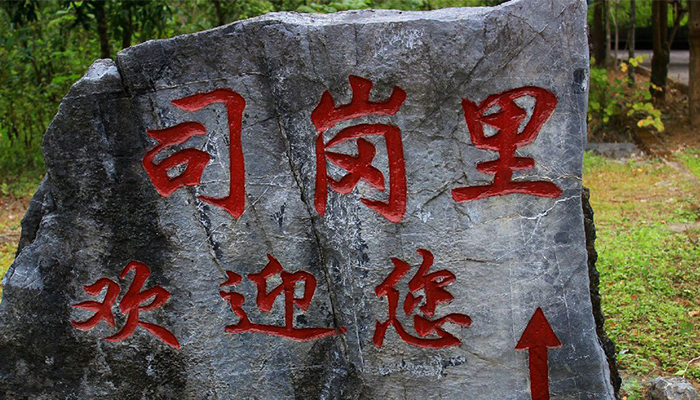

Sigangli
-
Pumpkin rice gruel
cut Pumpkin Peel into thin slices and rinse with millet. Put some water in the pot, put water into pumpkin millet and boil it in a big heat.
Views: 397 Time 2018-11-02 -
Huangdi Mausoleum Scenic Area
Huangdi Mausoleum is the tomb of Xuanyuan Huangdi, the ancestor of the Chinese nation. It is the only Huangdi Mausoleum recorded in Historical Records.
Views: 178 Time 2018-12-12 -
Lushan Karst Cave Group Scenic Area
Yiyuan Karst Cave Group is located in Nanlushan Town, 7 kilometers northwest of Yiyuan County. It has been proved that there are more than 100 caves in the area of 5 square kilometers around the ape-m
Views: 185 Time 2019-02-06 -
Bemo music
Qubila fire is well known in Meigu County, Liangshan Prefecture. He is not only a highly respected Yi Dabimo, but also a representative successor of national intangible cultural heritage projects.
Views: 327 Time 2019-04-04 -
Legend of Filial Women in the East China Sea
The filial woman in the East China Sea is an ancient folklore story. Her real name is Zhou Qing. It comes from Biographies of LieNu and Biographies of Yu Dingguo.
Views: 159 Time 2019-04-27 -
Traditional Marriage Customs of the Han Nationality
The ancestors of the Han nationality believed that dusk was auspicious, so they would marry at dusk. Therefore, the etiquette of marriage was called "dusk rite", which later evolved
Views: 242 Time 2019-05-02 -
Dragon Boat Making Skills
Dragon boat craftsmanship is an ancient traditional handicraft. Zhongtang Town, Dongguan City, Guangdong Province, has a history of more than 1000 years. Zhongtang Town is a typical water town, locate
Views: 190 Time 2019-05-15 -
Miao medicine
The Miao people mainly use plants as medicine to treat diseases. In the world, Miao nationality is a huge ethnic group distributed in Southeast Asia. It mainly distributes in Guizhou, Hunan and Yunnan
Views: 162 Time 2019-06-05 -
Miao Lusheng Dance
Lusheng dance, also known as "stepping on Lusheng" and "stepping on the singing hall", is named for its accompaniment and self-boasting dance. It spreads in the Miao, Dong, Buyi, S
Views: 176 Time 2019-06-05 -
Parrot Opera
Parrot Opera, which originated in the reign of Qianlong in Qing Dynasty, inherited in Shanghe Village, Linzi District, Zibo City, Shandong Province, and is one of the national intangible cultural heri
Views: 188 Time 2019-07-25 -
Huangjing Nature Reserve
This entry is lack of overview map, supplement the relevant content to make the entry more complete, but also quickly upgrade, come on!
Views: 326 Time 2020-10-16 -
Overview of Guangyuan
In 2019, the GDP of Guangyuan will reach 94.185 billion yuan, an increase of 7.5% over the previous year, which is the same as that of the whole province. Among them, the added value of the primary industry was 15.301 billion yuan, an increase
Views: 374 Time 2020-12-15
